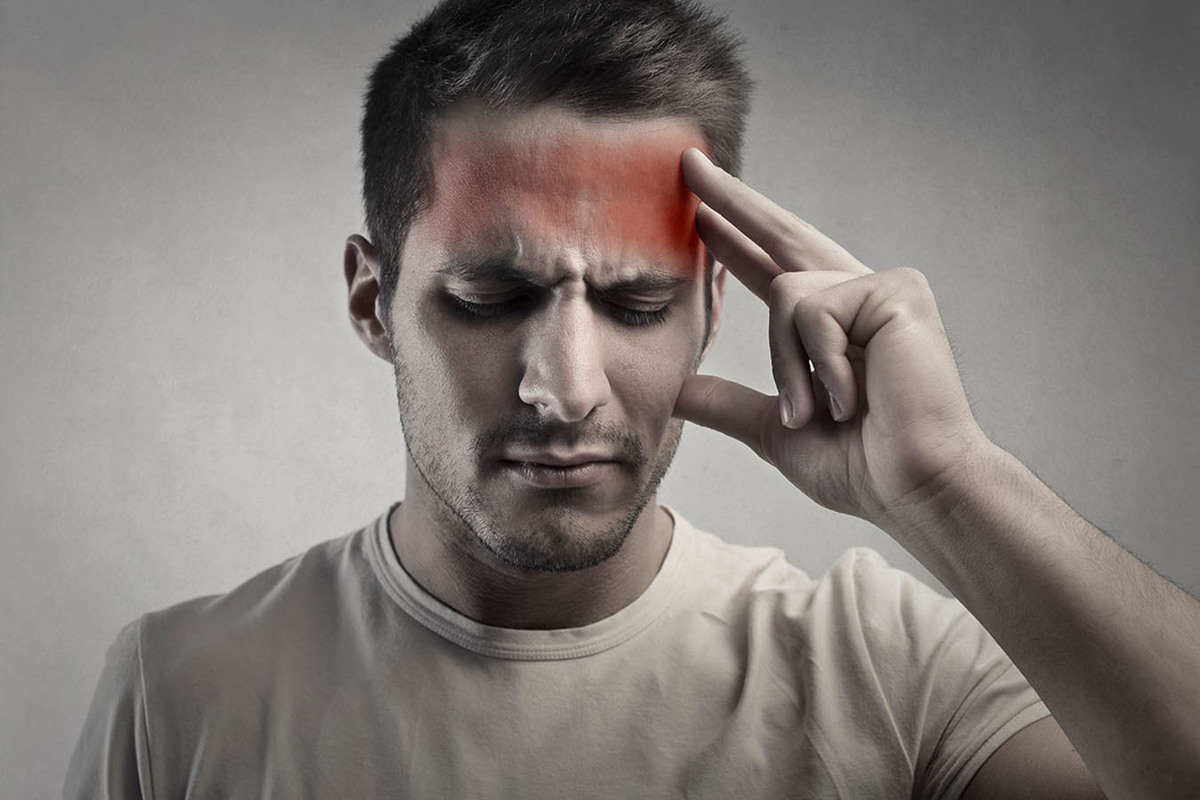Most headache and migraine patients will look for ways to care for their headaches. However, one of the most effective treatments that is often overlooked is physical therapy.
While medication and other traditional forms of treatment are prevalent in the management of such conditions, physical therapy has found its place as an alternative or supplementary treatment for those seeking relief.
The role of physical therapy in the relief of migraines and headaches will hereafter be discussed, with a focus on how it can form part of an overall treatment package.
Understanding Migraines and Headaches
Before delving into how physical therapy can help, it’s important to understand what migraines and headaches are and how they affect the body.
What Is a Migraine?
Migraines are intense, often debilitating headaches that typically come with other symptoms such as nausea, vomiting, and sensitivity to light or sound.
The pain from a migraine can last anywhere from a few hours to several days, severely impacting daily activities.
Though the exact cause of migraines remains unclear, they are thought to be related to changes in the brain and surrounding blood vessels.
Tension Headaches
Tension headaches, on the other hand, are the most common type of headache and are often caused by stress, muscle tension, or poor posture.
The pain is usually described as a dull, tight, or pressing sensation across the forehead or temples.
Cluster Headaches
Cluster headaches tend to be less frequent but more agonizing. They occur in cycles or clusters and often wake the victim, located behind one eye.
Though all these can cause these conditions due to stress, lack of sleep, specific foods, and environmental changes, many individuals suffering from neck or back problems add on to these symptoms. That is where physical therapy comes in.
How Physical Therapy Can Help with Migraines and Headaches
Physical therapy is widely known for its effectiveness in treating musculoskeletal injuries, but its benefits extend far beyond that.
For individuals suffering from migraines or headaches, physical therapy can be incredibly helpful in addressing the underlying causes of pain and discomfort.
Here are several ways physical therapy can aid in migraine and headache relief:
1. Alleviating Tension in the Neck and Shoulders
Muscle tightness in the neck and shoulders is one of the most common contributors to tension headaches. Poor posture, stress, or even long periods of staring at a screen contribute to muscle imbalances and stiffness.
A physical therapist can assess posture and recommend targeted exercises and stretches to relieve muscle tension and improve flexibility. These exercises help release tight muscles and reduce the frequency and intensity of headaches.
2. Improving Posture and Alignment
Incorrect posture is another common culprit behind chronic headaches. Slouching or hunching over for long periods puts undue stress on the neck, shoulders, and spine, leading to the development of tension headaches.
Physical therapists specialize in teaching proper posture techniques to help alleviate this stress and prevent further issues. By improving posture, individuals can reduce the pressure on the muscles and joints, which can contribute to headache relief.
3. Trigger Point Therapy
Trigger points are tight knots in muscles that can refer pain to other areas of the body, including the head and neck.
Physical therapists are trained to identify these trigger points and use techniques like massage and manual therapy to release them. By targeting these areas, physical therapy can help decrease the intensity of headaches and reduce their frequency.
4. Strengthening Neck and Upper Back Muscles
Weak muscles in the neck and upper back can contribute to poor posture and increased tension. Strengthening these muscles through specific exercises can help improve spinal alignment and reduce the likelihood of developing headaches.
A physical therapist can design an exercise regimen tailored to an individual’s specific needs, gradually building strength and stability to support better posture and alleviate headache triggers.
5. Managing Stress and Anxiety
Stress is indeed one of the common triggers for both tension headaches and migraines. Most people carry stress in their neck and shoulder muscles, causing them to become tight and painful.
A physical therapy treatment plan can integrate relaxation techniques including deep breathing exercises, stretching, and guided meditation to help manage stress levels.
Reducing stress can improve overall well-being but may also play a significant role in preventing headaches from occurring.
Migraine Headache Treatment Through Physical Therapy
For those experiencing frequent migraines, physical therapy offers a proactive approach to managing the condition. While it may not eliminate migraines, it can significantly reduce their frequency and severity by addressing the root causes and providing long-term strategies for relief.
A holistic migraine headache treatment plan that includes physical therapy may involve a combination of posture correction, targeted exercises, manual therapy, and relaxation techniques.
Physical therapists who specialize in treating headaches and migraines understand the complex nature of these conditions and can develop customized treatment plans that target specific symptoms.
They may work in tandem with other healthcare providers, such as neurologists or pain management specialists, to ensure a comprehensive approach.
1. Cervicogenic Headaches
Cervicogenic headaches are headaches caused by issues in the neck, such as a misalignment or tension in the cervical spine. Physical therapy is particularly effective in treating this type of headache.
Through a combination of manual therapy, exercises, and posture correction, physical therapists can address the underlying neck problems and reduce the frequency and severity of these headaches.
2. Vestibular Rehabilitation Therapy (VRT)
In some cases, vestibular symptoms like dizziness or vertigo accompany migraines. Vestibular rehabilitation therapy (VRT) is a specialized type of physical therapy that can help individuals suffering from dizziness or balance issues related to migraines.
VRT involves targeted exercises that improve balance, coordination, and spatial awareness, providing relief to individuals with vestibular migraine symptoms.
Orthopedic Sports Physical Therapy for Headache Relief
Orthopedic sports physical therapy (OSPT) is a specialized form of physical therapy that focuses on treating musculoskeletal injuries and conditions.
While it is often associated with athletes, it can be extremely beneficial for individuals experiencing migraines and tension headaches, especially those who have underlying neck or upper back issues.
In OSPT, physical therapists use advanced techniques like joint mobilizations, dry needling, and therapeutic exercise to address musculoskeletal imbalances.
For those with chronic headaches, OSPT can provide a comprehensive approach to treating the underlying causes, such as poor posture, neck pain, or muscle tension. By focusing on strengthening the muscles and improving spinal alignment, OSPT can reduce the intensity and frequency of headaches, making it a valuable tool in headache management.
Additional Benefits of Physical Therapy in Headache Management
1. Personalized Treatment Plans
Unlike generic treatments, physical therapy offers personalized, one-on-one care. Each session is tailored to address the specific needs and conditions of the individual.
Whether it’s correcting posture, improving muscle strength, or alleviating muscle tension, a physical therapist will create a plan to ensure that all aspects of the headache are addressed.
2. Non-invasive and Drug-free Approach
For individuals who want to avoid medications or have not found relief through pharmaceutical interventions, physical therapy offers a non-invasive, drug-free alternative. It focuses on the body’s natural healing processes and aims to provide long-lasting relief through exercises, manual therapy, and lifestyle changes.
3. Long-Term Results
While medications may offer temporary relief, physical therapy provides a sustainable, long-term solution. By addressing the root causes of headaches, physical therapy can help individuals manage and reduce their symptoms over time, leading to fewer migraines and headaches in the future.
Conclusion: Consider Physical Therapy for Headache Relief
Since then, physical therapy has been known to present one of the unique and effective avenues of managing migraines and headaches, by attacking specific elements through exercise, manual therapy, posture correction, and stress management techniques.
For those with chronic headaches or migraines, the best results are sometimes derived from combining treatments, including physical therapy.
If you’re ready to take control of your headache pain and find relief, consider consulting with a physical therapist.
For those living in the area, Pang Physical Therapy offers relief from headaches through expert care. Specifically, personalized treatment plans are created and targeted to identify and treat the root causes of their pain.
With the right physical therapy techniques and guidance, the possibility of a life free from frequent headaches is within reach.



